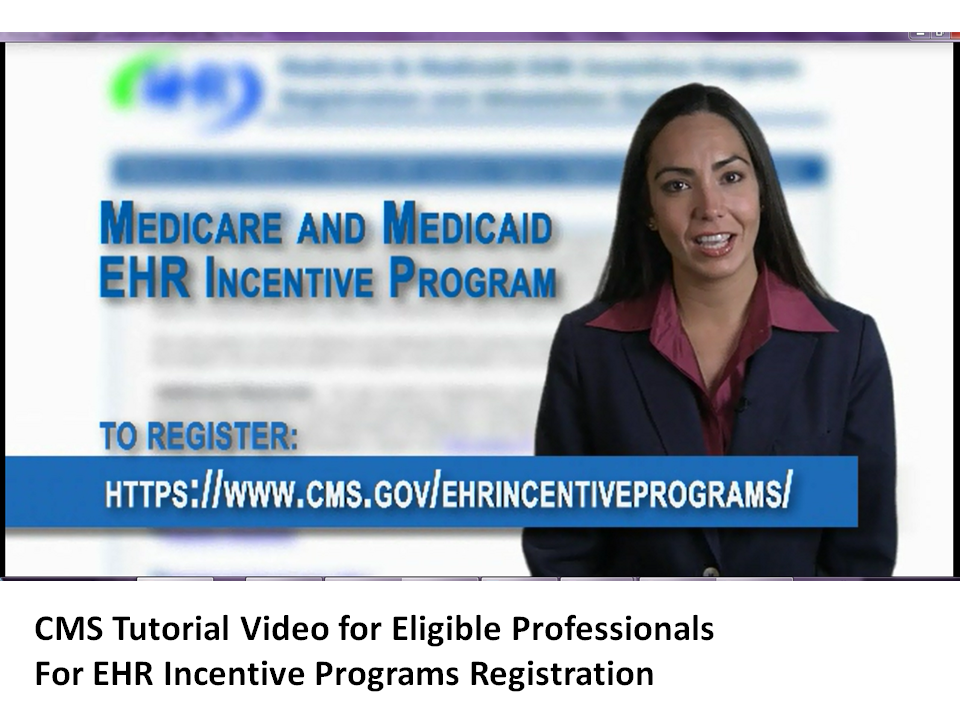With the new year, we are turning the page to a next chapter in our journey to adoption and meaningful use of health information technology (HIT). As we begin this chapter, ONC is accelerating progress with new funding for programs vital to our goals.
No doubt the “star player” in 2011 is the Medicare and Medicaid Electronic Health Records (EHR) Incentive Programs. As of this year, providers can begin qualifying for significant payments through Medicare and Medicaid, as they achieve meaningful use objectives.
But equally important are the “supporting players.” These are the programs created under the HITECH Act to help providers adopt and achieve meaningful use of EHRs through technical assistance, through information exchange, and through development of a new workforce of HIT specialists.
These supporting programs all started last year, and they’ve had a successful launch:
- We funded 62 Regional Extension Centers (RECs) across the nation to provide technical assistance, especially for smaller practice primary care providers, rural hospitals and other settings which serve the underserved. We want the RECs to assist at least 100,000 primary care providers. And already, some 38,000 primary care providers have enrolled for REC assistance.
- We created a state grant program to support health information exchange (HIE) and facilitate all the potential uses and benefits of secure information sharing. Already, approved HIE implementation plans are in place in 25 states.
- We funded 84 community colleges to train HIT specialists that will help to meet the anticipated national shortage of 50,000. The first 3,400 students will graduate by May, 2011 – and with excellent job prospects.
This month we are adding new funding for these important initiatives:
For the RECs, we are providing additional funding of $32 million. This especially reflects our plan to accelerate outreach to health care providers to encourage registration for the CMS Incentive Programs and to provide more support in the field as providers adopt health information technology in their practices. We recognize that the early transition to HIT can be challenging and we want to make sure that our RECs are fully operational to help make this transition as smooth as possible. We are committed to offer substantial ongoing support to achieve meaningful use through the RECs.
For HIE, we are providing $16 million in new Challenge Grants to encourage breakthrough innovations for health information exchange that can be leveraged widely to support nationwide health information exchange and interoperability. The HIE Challenge Grant Program is providing 10 awards of between $1 and $2 million to State HIE Cooperative Agreement Program grantees, to develop innovative and scalable solutions in five key areas: achieving specific health goals, improving care transitions, consumer-mediated information exchange, enhanced querying for patient care, and fostering distributed population-level analytics.
For community colleges, $32 million in second year funding is being provided to continue academic HIT programs training the specialists needed to make rapid adoption and meaningful use possible. We remain on track to ramp up and graduate an estimated 10,500 students a year through our community college programs.
In playing their part for HIT adoption and meaningful use, every awardee in our supporting programs is a star! Awardees and funding amounts for these programs can be found at http://healthit.hhs.gov.
Warmest Regards,
David Blumenthal, MD, MPP
National Coordinator for Health Information Technology
The Office of the National Coordinator for Health Information Technology (ONC) encourages you to share this information as we work together to enhance the quality, safety and value of care and the health of all Americans through the use of electronic health records and health information technology.
For more information and to receive regular updates from the Office of the National Coordinator for Health Information Technology, please subscribe to our Health IT News list.
###
See list of newly awarded challenge grants to state HIEs on e-Healthcare Marketing.



